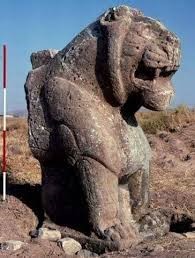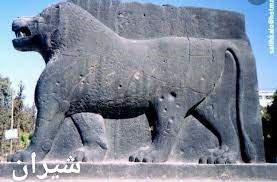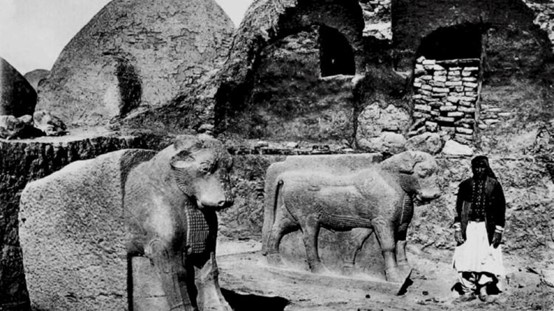We will remember that deep historical, cultural, and original spirit that has remained in our ancestors' memories with a deep breath. In every corner of our memory, in our grandmothers' "Pashoul" and in the depth of our high hills of suffering, there are several hidden and revealed things. In this article, we will talk about Sheran Village with its ancient history.
"Khedr Habasheh", a singer from Kobane in Sheran village says: "Sheran is heroes and brave men's place". Sheran possesses historical monuments and "Sheikh Sirouji's" tomb is there. Sheran is known to be "Hadatou" land which was a historical place and the most famous place in the Western part of Kurdistan. It was also used as a business route for "Haran and Girespi" in the past.
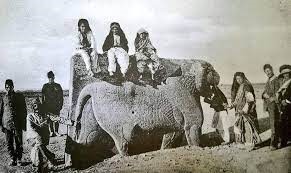
When one passes through this village, they will encounter two stone lion statues that are the symbol of this village and the thousand-year-old stories reveal the historical background of this place. However, these two lion statues that are in front of the village entrance are artificial, i.e., not long after being discovered, they were stolen by the occupiers and now only their story has remained. The name of the village comes from these two stone lion statues (Sheran in Kurdish means lions). Sheran is the largest village in Kobane district and due to its area, it is known to be a small town in the Sirouj region and Kobane district. Sheran is 7 kilometers away from the east of Kobane. There are "Halnj" village on the west of the Sheran and a "Tilejb" village on the east of the Sheran. Sheran has adopted this name from the lion statues and the black stones remained from the Assyrian era. People living in Sheran were from the Sirouj region and Kobane plain, like other villages such as: "Korpingar, Nordan, Kulilk, Setalp, Qayntar, Hezhi, Birmal, Birash, Qajara Zhorin, Qajara Zherin, Bira Bakeh, and Chikhour".
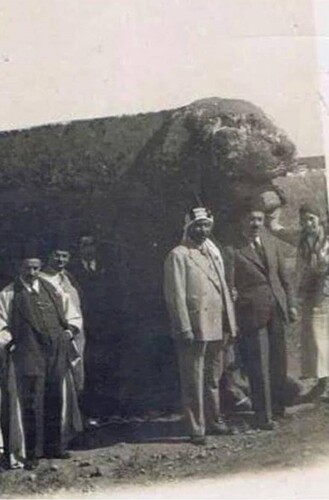
The population of Sheran is all Kurdish people and they are from sub-tribes of "Aladin and Mahfan" clans that included 15 thousand people before Syria's war, however, nowadays, this number has decreased.
The history of Sheran traces back to 2 thousand BC. it was called "Hadato" during the reign of Assyrians. Some historians and archeology experts say that Hadato or Sheran was the largest city of the Assyrians in this area. During the Ottoman reign, Sheran's name was "Arsalantash" which means "Stone Lion". The Syrian government chose "Firazdaq" for this village. However, Kurds have always called this village Sheran and everybody calls this place Sheran. It is important to say that based on the historical statistical data, several different sources mention this historical place with documented evidence. One of the main sources is a book in French called "Asr Lantash" (The Lions) written by three writers, "P. Toro Dangan, A. Baroa, and G. de Saint Donant" that was published in 1931 and in 2021 it was translated by the Kurdish translator, "Ahmad Hassan", into Arabic.
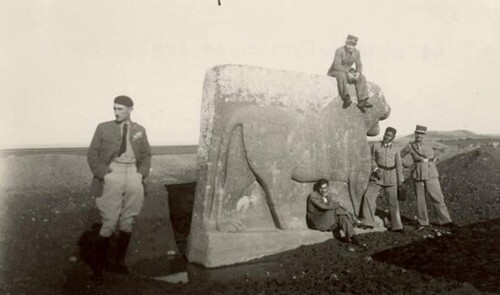
The residents, elderly, and old men and women of this village say that there was a wall around Sheran village before, about 4 meters wide and 4 meters high. There were three gates around the village with several black stone lion statues. Sheran is famous for its monuments such as "lion statues and other historical objects" but after each new governor, a part of these historical monuments has been stolen. The well-known singer, "Khedr Habashe" has witnessed that hundreds of these objects have been taken by the Syrian government from Sheran and other places. He has narrated this via his stories and songs for the new generations.

Now, the monuments found in Sheran are kept in most of the well-known museums throughout the world, one of which is the Istanbul Museum. During the French rule over Syria, a lot of the historical monuments that reveal the original history of Sheran village with its thousands of years background were transferred to the "Louver" museum in Paris which are still kept there.
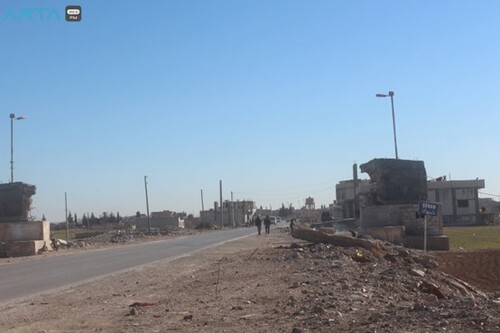
In 1928, a French archeology team under "Thor Tankan" guidance did some investigations on this village. During the Syrian government's rule, most of the historical objects found in Sheran were transferred to the "Halab" museum that is still kept there. In 1984, two large lion statues were transferred to "Raqa" city to be put in "Rashid" part in the center of this city but after the ISIS attacks, these statues were destroyed by this terrorist organization. Sheran which was known to be a large village has developed to be a town now.
